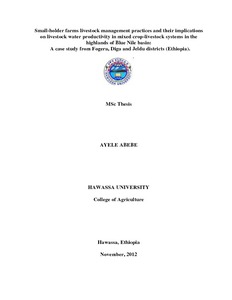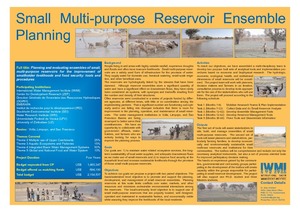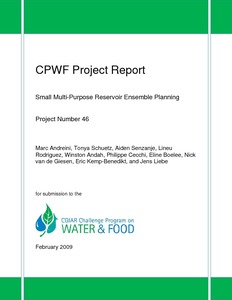Smallholder farms livestock management practices and their implications on livestock water productivity in mixed crop-livestock systems in the highlands of Blue Nile basin: A case study from Fogera, Diga and Jeldu districts (Ethiopia)
The study pertains to livestock management practices & their implications on Livestock Water Productivity (LWP) in the rain-fed crop-livestock systems in the Blue Nile Basin (BNB). Seven farming systems (Rice- Pulse & Teff-Millet from Fogera), (Barley-Potato, Teff-Wheat & Sorghum farming systems from Jeldu) & (Teff-Millet & Sorghum farming systems from Diga districts) were selected & a total of 220 sample Household (HH) heads were involved. Cattle were the major livestock species accounting for 83% of the total Tropical Livestock Unit.






